How can a couple deal with common fears or phobias in their Beagle?
Introducing a new puppy into a family can be an exciting and joyous occasion. As a couple, you embark on a journey of love and companionship with your furry friend. However, just like humans, dogs can also experience fears and phobias. Beagles, in particular, are known to be sensitive dogs and may develop anxieties about certain situations or objects. It is essential for couples to understand and address these fears to ensure a happy and healthy life for their Beagle. In this blog post, we will explore some common fears and phobias in Beagles and provide tips on how couples can help their furry friends overcome them.
Understanding Common Fears and Phobias in Beagles
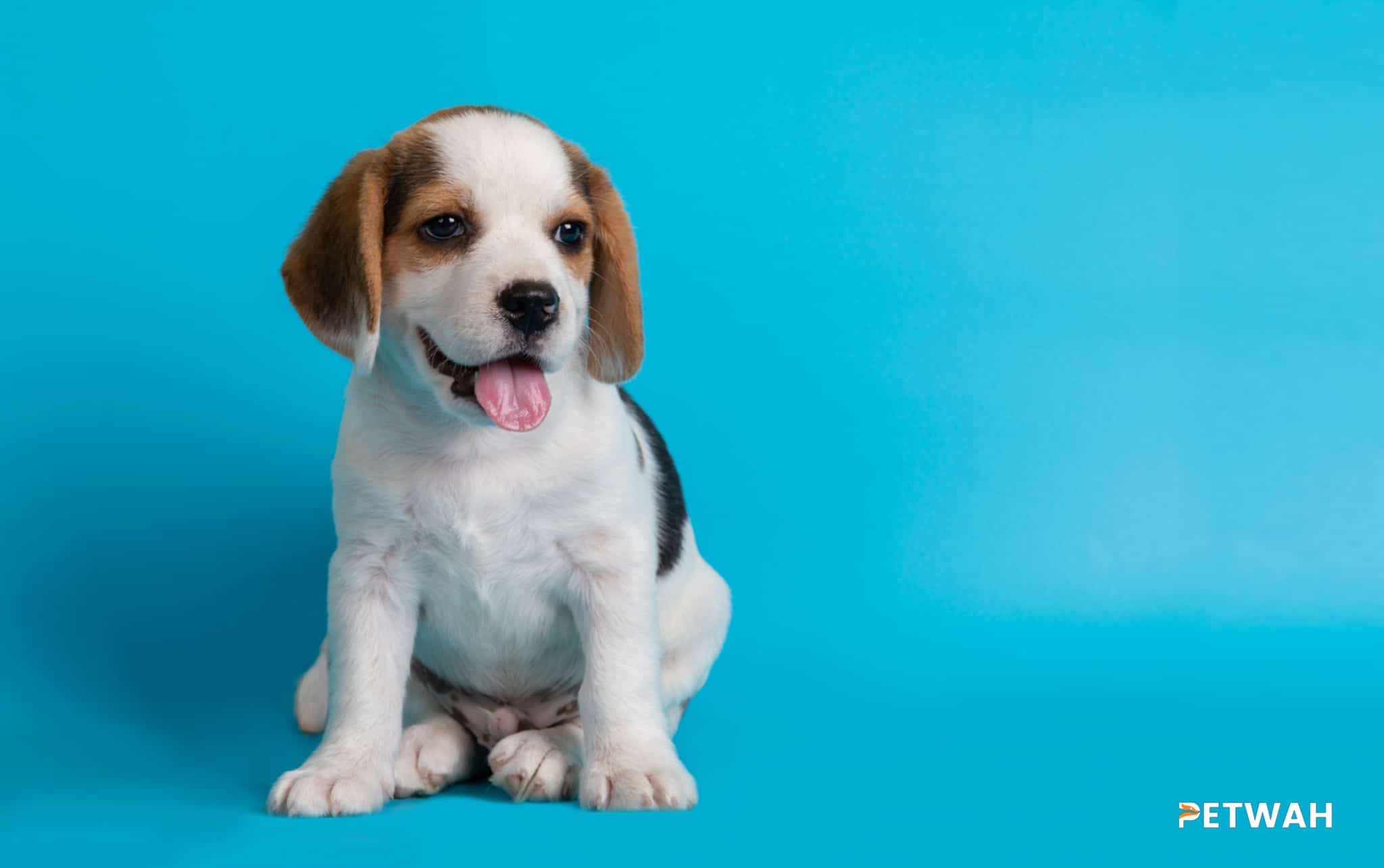
- Fear of loud noises: Many dogs, including Beagles, can be frightened by loud noises such as thunderstorms, fireworks, or construction sounds. This fear can lead to anxious behaviors, like hiding, shaking, or excessive barking. It’s important for couples to create a safe and calm environment for their Beagle during such instances.
-
Fear of strangers: Beagles are generally friendly dogs, but some individuals may develop anxiety around unfamiliar people. This fear can manifest as barking, growling, or even aggression. Couples should slowly introduce their Beagle to new people, using positive reinforcement techniques to help build trust and confidence.
-
Separation anxiety: Beagles are known for their love of companionship, and they can become anxious or distressed when left alone. This can result in destructive behaviors, excessive barking, or even self-harm. Couples can address separation anxiety by gradually increasing the time their Beagle spends alone, providing mental stimulation, and creating a comfortable space for them.
Tips for Helping Beagles Overcome Fears and Phobias
Positive Reinforcement: One of the most effective ways to help Beagles overcome fears is through positive reinforcement training. Couples should reward their Beagle with treats, praise, and affection when they display calm and confident behavior in situations that previously caused fear.
Desensitization: Gradually exposing your Beagle to the things they fear can help desensitize them over time. For example, if your Beagle is scared of thunderstorms, start by playing recordings of thunder at a low volume and gradually increase it. This will help them associate the noise with positive experiences.
Seek Professional Help: In severe cases, it may be necessary to seek the assistance of a professional dog trainer or animal behaviorist. They can provide guidance and implement structured training programs tailored to your Beagle’s specific needs.
Create a Safe Space: Providing a safe and comfortable space for your Beagle can help alleviate their fears. Set up a designated area where they can retreat when they feel anxious or scared. This space should have familiar and comforting items, such as their bed, toys, and blankets.
Exercise and Mental Stimulation: Regular exercise and mental stimulation are crucial for a Beagle’s overall well-being and can help reduce anxiety. Couples should ensure their Beagle gets enough physical exercise through walks or playtime and engage in interactive games or puzzle toys to keep their minds occupied.
Conclusion
Having a Beagle with fears or phobias can be challenging for a couple, but with patience, understanding, and proper training, these issues can be overcome. By providing a safe environment, using positive reinforcement, and seeking professional help when needed, couples can help their Beagle build confidence and live a happy and fulfilled life. Remember, each Beagle is unique, and it may take time for them to overcome their fears. With love and dedication, couples can support their furry friends every step of the way.
FAQs
Q1: Why are Beagles prone to developing fears and phobias?
A1: Beagles are known to be sensitive dogs, which can make them more prone to developing fears and anxieties. This sensitivity, combined with a lack of early socialization or traumatic experiences, can contribute to the development of fears and phobias.
Q2: What are some signs that my Beagle is experiencing fear or anxiety?
A2: Common signs of fear or anxiety in Beagles include trembling, excessive barking, hiding, pacing, destructive behavior, excessive drooling, and changes in appetite or bathroom habits.
Q3: Can fears and phobias in Beagles be completely eliminated?
A3: While fears and phobias in Beagles can be managed and reduced with proper training and support, it may not be possible to completely eliminate them. Each Beagle is unique, and the goal should be to help them feel more comfortable and confident in various situations.
Q4: How long does it take for a Beagle to overcome their fears?
A4: The time it takes for a Beagle to overcome their fears can vary depending on the severity of the fear and the individual dog. Some Beagles may show improvement within weeks, while others may require months or longer. It’s important to be patient and consistent in training and provide continuous support.
Q5: Where can I find a professional dog trainer or behaviorist to help my Beagle?
A5: Websites like the Association of Professional Dog Trainers (APDT) and the International Association of Animal Behavior Consultants (IAABC) have directories of certified dog trainers and behaviorists that you can search to find professionals in your area.
If you’re looking for more information and resources to help your Beagle and other furry friends, be sure to visit PetWah.com. They provide a wide range of articles, tips, and products to support the well-being of your beloved pets.
Please follow us on Social Media


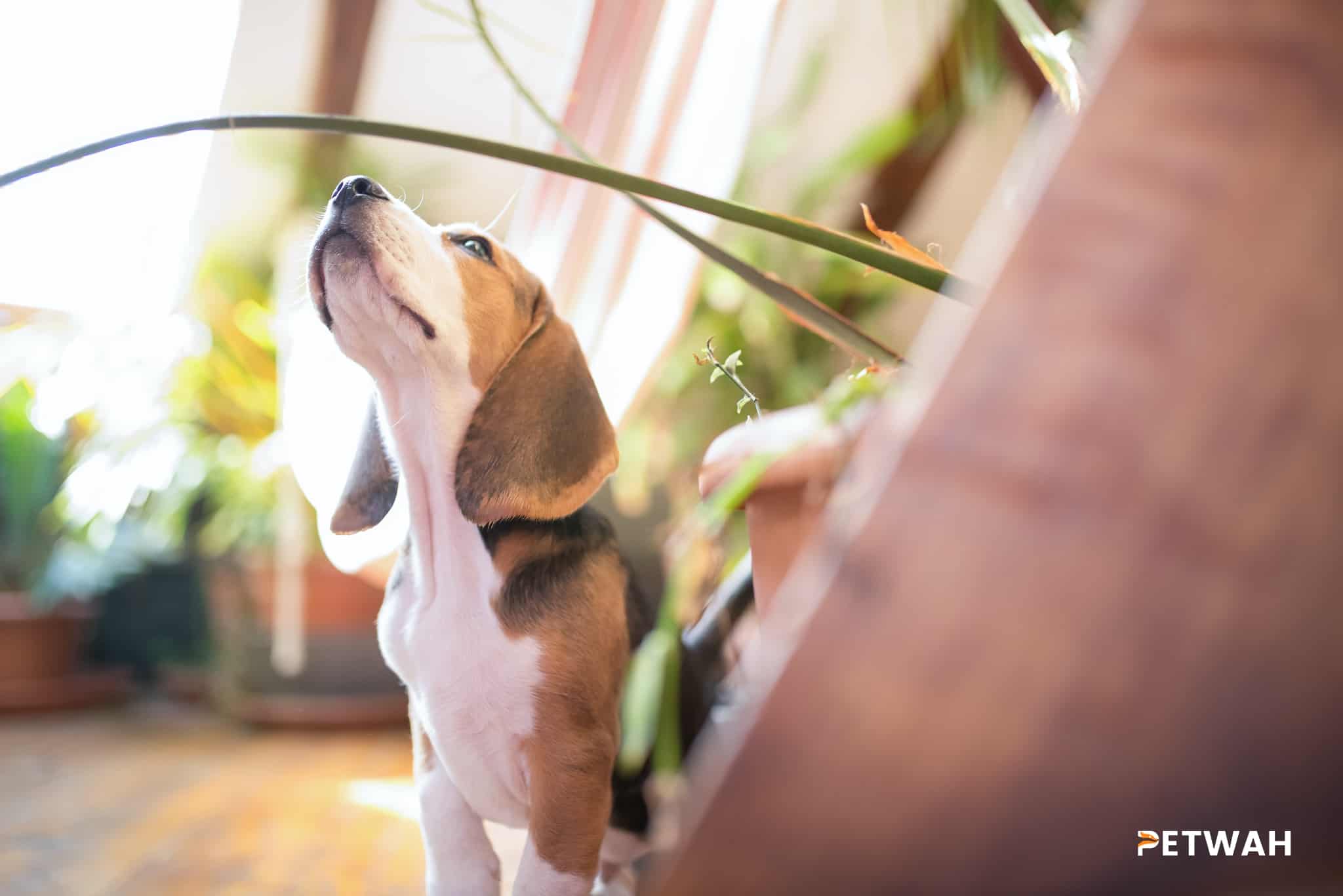
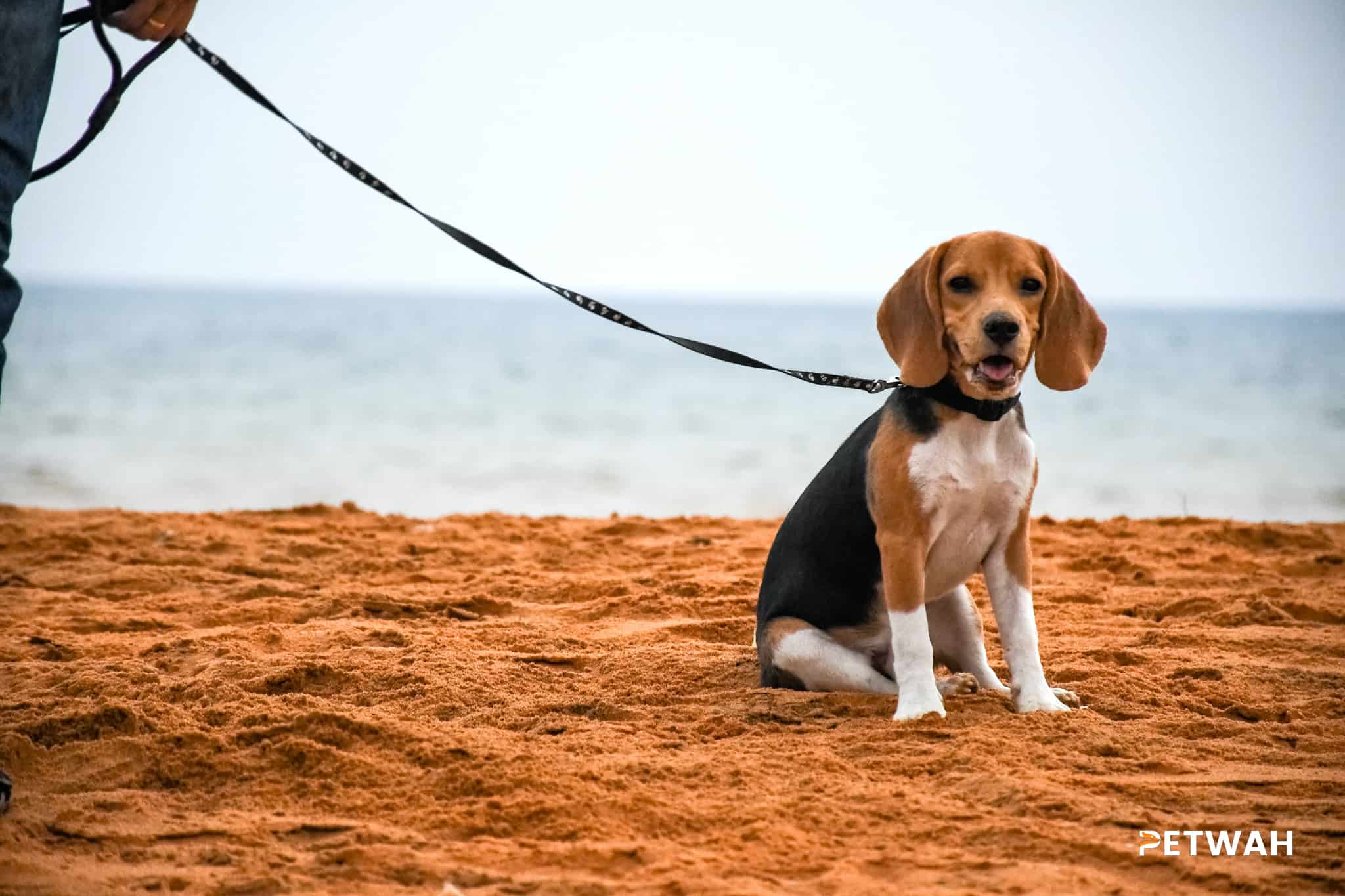
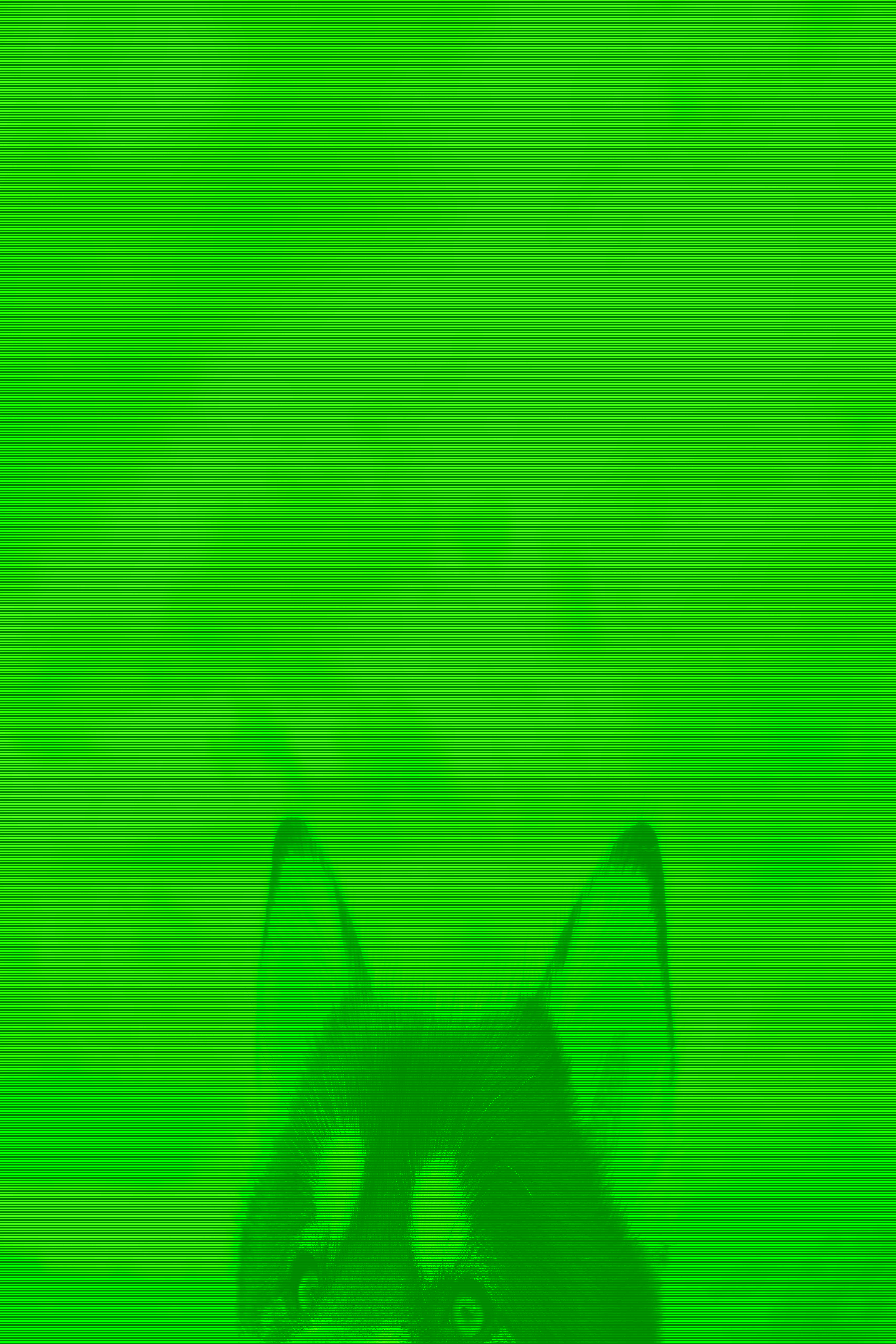
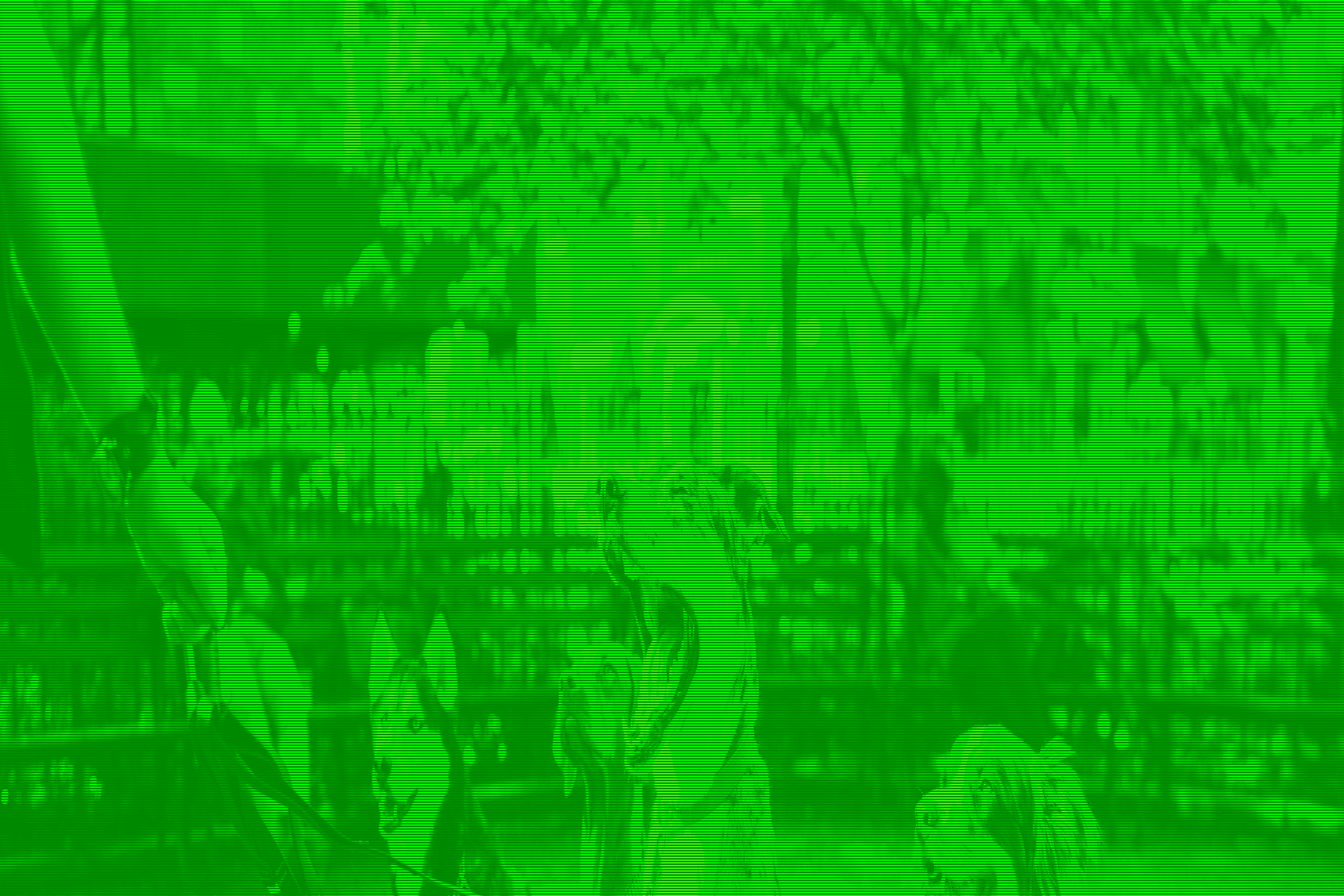
%20-%20Copy.jpg)
.jpg)